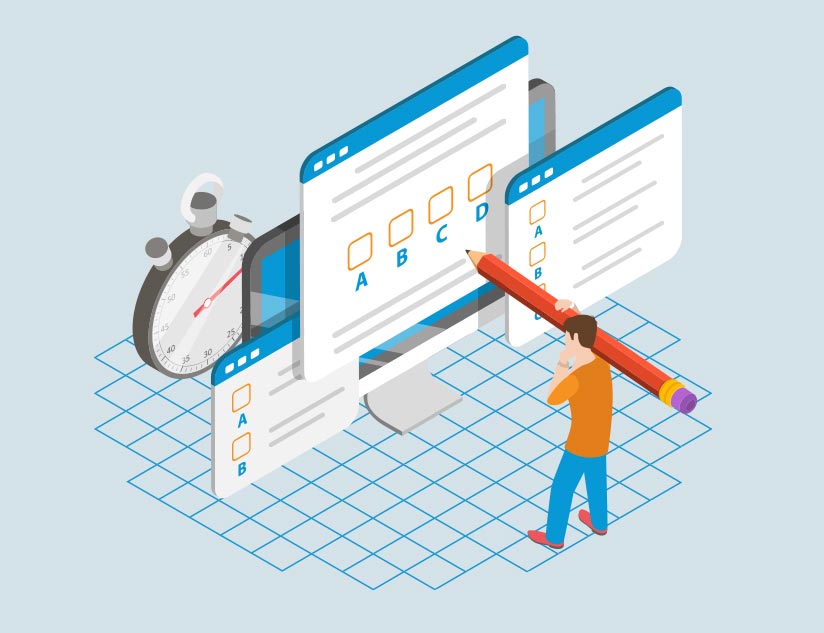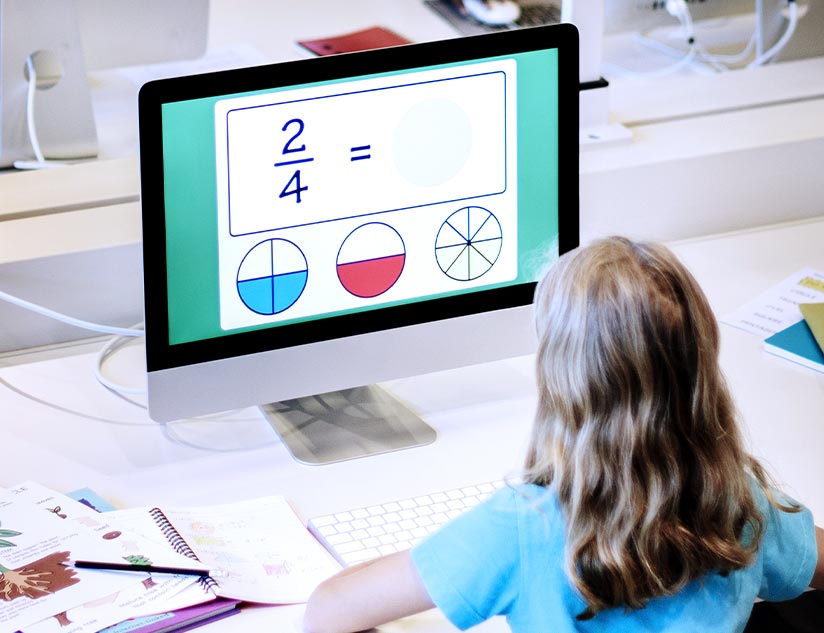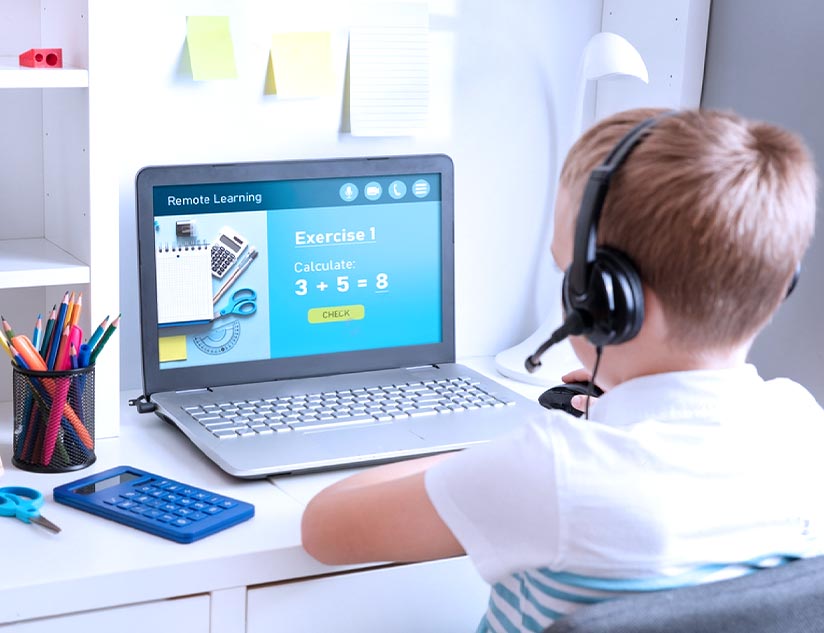K-12 Assessments are an integral part of the education and understanding of a student’s journey in the learning process. Over the past few years the relevance of large-scale assessments have come into question. These tests rightly or wrongly are often used to rank-order schools and districts, they are also used to make students accountable for their learning outcome and teacher performance.
However, most standardized tests that are used for ranking and evaluation purposes are not very effective in helping teachers support students’ learning path or improve their instruction for better results.
Since the assessments are often held at the end of the school year, neither the teachers nor students get the opportunity to improve their approaches in any way. The critical data on students’ progress comes far too late. Assessments need to be timely and effective teaching and learning for that student, their needs, and allow for intervention when needed to truly teach the student, not just present information. Testing is a critical component of education as the help both the student and teacher to realign strategies for learning as well as teaching.
What is really required is ongoing assessments, conducted in the form of quizzes, writing assignments and even gaming-based tests. The results of such assessments are available immediately, helping teachers guide individual students towards better knowledge acquisition and therefore academic outcomes. These are essentially formative assessments, which have proven to be incredibly effective in personalized learning and motivation for students.
Here’s a look at the most common mistakes that educational institutions and educators make in assessing K-12 learning.
1. Assessment is Not Part of the Learning Process
Regularly monitoring learning progress is the only way that teachers can create personalized learning paths of individual students. This way, no student gets left behind, while those who have made greater progress than their classmates can be supported in further in-depth learning. This helps support different types and rates of learning, keeping students motivated to move ahead.
Many educational institutions are unable to implement such formative assessments due to the lack of appropriate tools that make tracking individual progress difficult and time-consuming. Often takes away from teaching time to record keeping. A digital learning platform with a powerful assessment engine can offer multiple benefits in this regard. Not only can teachers access questions banks, they can easily deploy various types of assessments, including multiple-choice, fill in the blanks, ordering, association and even long-form answers. Students can attempt assessments at their own pace too.
2. Timely Assessment Does Not Occur in Proximity to Learning
Assessing students at the end of the school year means that they have to go back to concepts learned early in the year and depend on rote learning to get good grades. However, when assessment occurs close to the learning of a new concept, any learning or understanding gaps can be immediately addressed.
Such type of formative assessment gives students the recipe for future success in the standardized assessments at the year-end. In addition, research has proven that immediate feedback has a much more powerful effect on learning progress and motivation than delayed feedback, which finally comes when the student is moving onto the next grade. This offers no opportunity to adjust one’s learning and educational approach for better outcomes.
3. Greater Focus on Grades than Quality Feedback
The unfortunate reality is that students have learned to value grades over effective qualitative feedback. This has an adverse impact on the desire to learn. The only focus is on being able to reproduce concepts, as expected by the education system, at the year-end exams. However, what can actually help achieve better grades on standardized tests is the qualitative feedback that teachers can provide through formative assessments that helps to inform gaps in learning on an ongoing basis.
Again, the right tools can make a huge difference to the type of feedback teachers can offer. For instance, with a digital learning platform that offers video assessments, students can complete the assignments and assessments asynchronously, while teachers can provide video-based individual feedback. In fact, through video assessments, real-time skill demonstration and applications of learning to real-life problems are also enabled. This ensures deeper learning of concepts that will stand the students in good stead through their professional life.
Conclusion
Assessment needs to be of learning that actually matters, rather than simply testing recall, which is what standardized tests are designed for. Skills required in the 21st century are much beyond being able to reproduce a theorem verbatim in an exam. The assessments being used at present often don’t really test the knowledge and skills that employers are looking for today or are likely to value in the future.
Today, we have big data and the tools to analyze it at our fingertips. This can offer valuable information regarding learning progress and need for support that can supplement formative assessments in helping educators support individual learning journeys better. So, what is required is a balanced approach with learning analytics and formative assessments guiding students and teachers through each school year.
MagicBox™ is an award-winning digital learning and content distribution platform, armed with robust tools for assessment and analytics. Contact us to learn how you can use this platform to enhance academic outcomes for your students.















